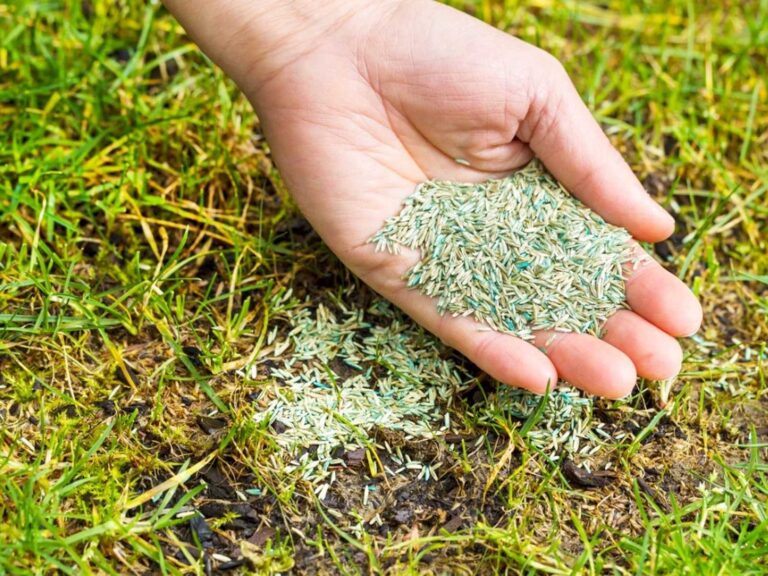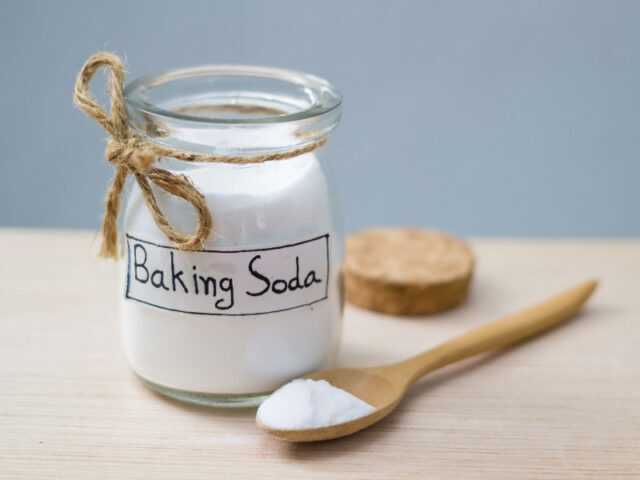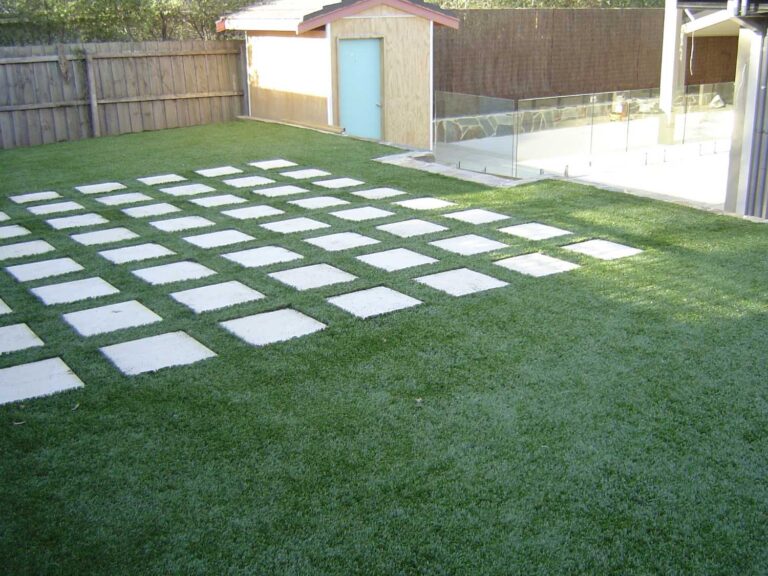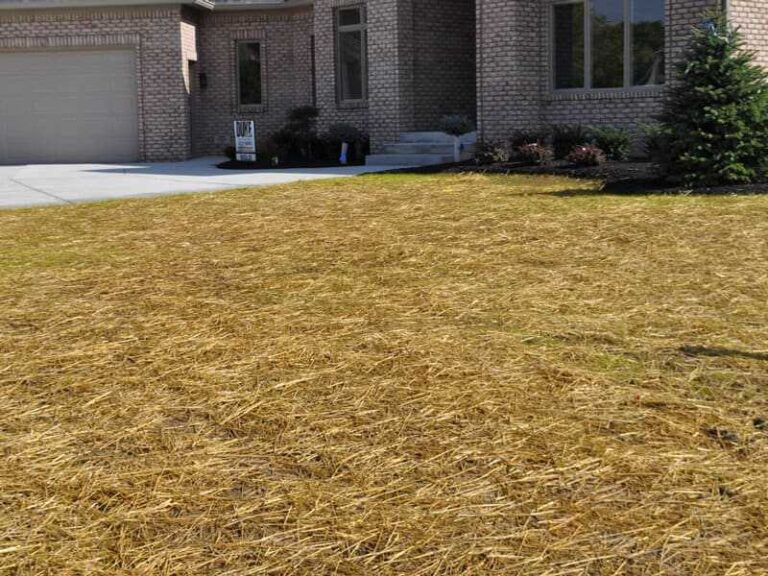How Long Can Hydroseed Go Without Water
It is every homeowner’s dream to grow a lush, green lawn. While there are many options for achieving this, hydroseeding is a quick and effective way of seeding small and large lawns. You can also hydroseed gardens to re-establish vegetation disrupted by wildfire or extensive construction activities.
Like growing a new lawn, you should keep tabs on various lawn care activities for the success of a hydroseeded lawn. Besides fertilizing, mowing, and weed control, water is a crucial requirement that can hinder the growth of new seedlings. This article focuses on the watering requirements of a hydroseeded lawn, particularly answering the question, “How long can hydroseed go without water?”
How Often Should Hydroseeded Lawns Be Watered?
Before delving into how often you should water hydroseeded lawns, it is worth mentioning that new hydroseed shouldn’t stay without water for more than a day. However, this is weather-dependent. Ensuring that your new hydroseed is moist is important for the germination of grass seedlings.
Hydroseed should generally stay moist for proper germination. Germination after hydroseeding takes between 5 and 10 days and can extend to 15 days in adverse weather conditions. Watering requirements typically depend on how long you hydroseeded the garden.
For instance, you should maintain newly hydroseeded lawns moist for 11 days. Hydroseeded lawns should be watered thrice daily for 10 to 15 minutes in every watering cycle. As for the watering cycles, stick to 4 AM, 11 AM, and 4 PM for best results. You can then gradually reduce watering after 4 to 6 weeks. The green dye included in the hydro-mulch often fades away after 5 to 10 days.
Based on this, it is best to conclude that hydroseeded lawns can’t stay more than a day without water. This is primarily because grass seeds need water before and after seedling for germination. Similarly, you shouldn’t stop watering after the seeds have germinated, as they will dry out.
That said, remember that watering requirements for hydroseeded lawns vary depending on the prevailing weather conditions. As such, you shouldn’t stick to the above watering schedule if there’s enough rain. Watering during rains results in overwatering, which may result in fungus. However, you should resume watering immediately after the rain stops.
Watering Methods for Hydroseeded Lawns
Watering requirements for hydroseeded lawns are certainly strict. Therefore, you should adopt a watering method that allows you to meet these requirements effortlessly. Gardening experts recommend using sprinklers for watering large hydroseeded lawns. For this, you should choose a gentle sprinkler to prevent soil erosion and damage to growing grass by strong water sprays.
You should also adjust the sprinkler settings to ensure your lawn is covered evenly. This prevents overwatering specific spots and subsequent water pooling or runoff. After the first few weeks, you should readjust the sprinkler’s watering schedule to watering once daily or once every two days. However, aim for deeper soaking during this period to encourage root growth.
Hand watering is also practical for homeowners without a sprinkler or with small lawns. You can attach a spray nozzle to your regular garden hose for easier watering. Adjust the nozzle settings to gentle spray to avoid disrupting grass seeds or growing grass. As with sprinklers, your goal during the first few days is to ensure the soil remains moist or damp without saturating. Excessive moisture can result in waterlogging and hinder healthy root growth.
Possible Reasons Your Hydroseed Didn’t Grow
Your hydroseeded lawn may not grow successfully because of the following:
- It lacked sufficient water – inadequate watering is the number one reason behind poorly growing hydroseeded lawns. Water is necessary for germination, and plants dry out quickly if they don’t receive adequate water.
- Thin hydroseed – your hydroseeded lawn may also fail if the layer applied isn’t thick enough. A very thin layer may not have sufficient mulch for seeds to grow on.
- Uneven water – uneven watering patterns can cause uneven growth of seeds. Whether you are using a sprinkler or hand watering, ensure the whole surface receives enough water.
- The soil was unprepared or compacted – an overly compacted soil means seeds won’t establish roots in the topsoil. Seeds should get their roots through the topsoil to grow blades.
- Too little seeds in the mixture – the hydro-mulch slurry should contain sufficient seeds for even growth. Too little seeds may not provide full coverage.
Additional Tips for Caring for Hydroseeded Lawn
Having known how long can hydroseed go without water, knowing various ways to monitor soil moisture is important. That said, regardless of your preferred watering method, you should routinely monitor soil moisture. A simple soil test using a moisture meter can help you evaluate the monitoring needs of your lawn.
You should also watch the quantity of fertilizers you apply on the lawn. While fertilizers can stimulate growth, excessive amounts cause nutrient imbalances, which harm your lawn. Similarly, avoid herbicides and pesticides on newly hydroseeded lawns as they can prevent seed germination. Use safer alternatives if you direly need to control pests and weeds.
As the grass takes shape, you should mow regularly and reduce watering to once daily. However, you should continue monitoring soil moisture levels. Lastly, you should regulate traffic on your hydroseeded lawn. Ensure that pets and children are kept off the lawn for at least three months. Unless necessary, such as when watering, you shouldn’t step on the lawn after seeding.
The Bottom Line
Hydroseeding is an easier way of achieving a lush, green lawn. However, you should prepare thoroughly and consider several factors for your hydroseeded lawn to flourish. Water is the main determinant of success, which explains why you should pay close attention to your lawn watering needs. A hydroseeded lawn can only go one day without water. Failure to water regularly may result in poor growth, forcing you to restart the process again.






